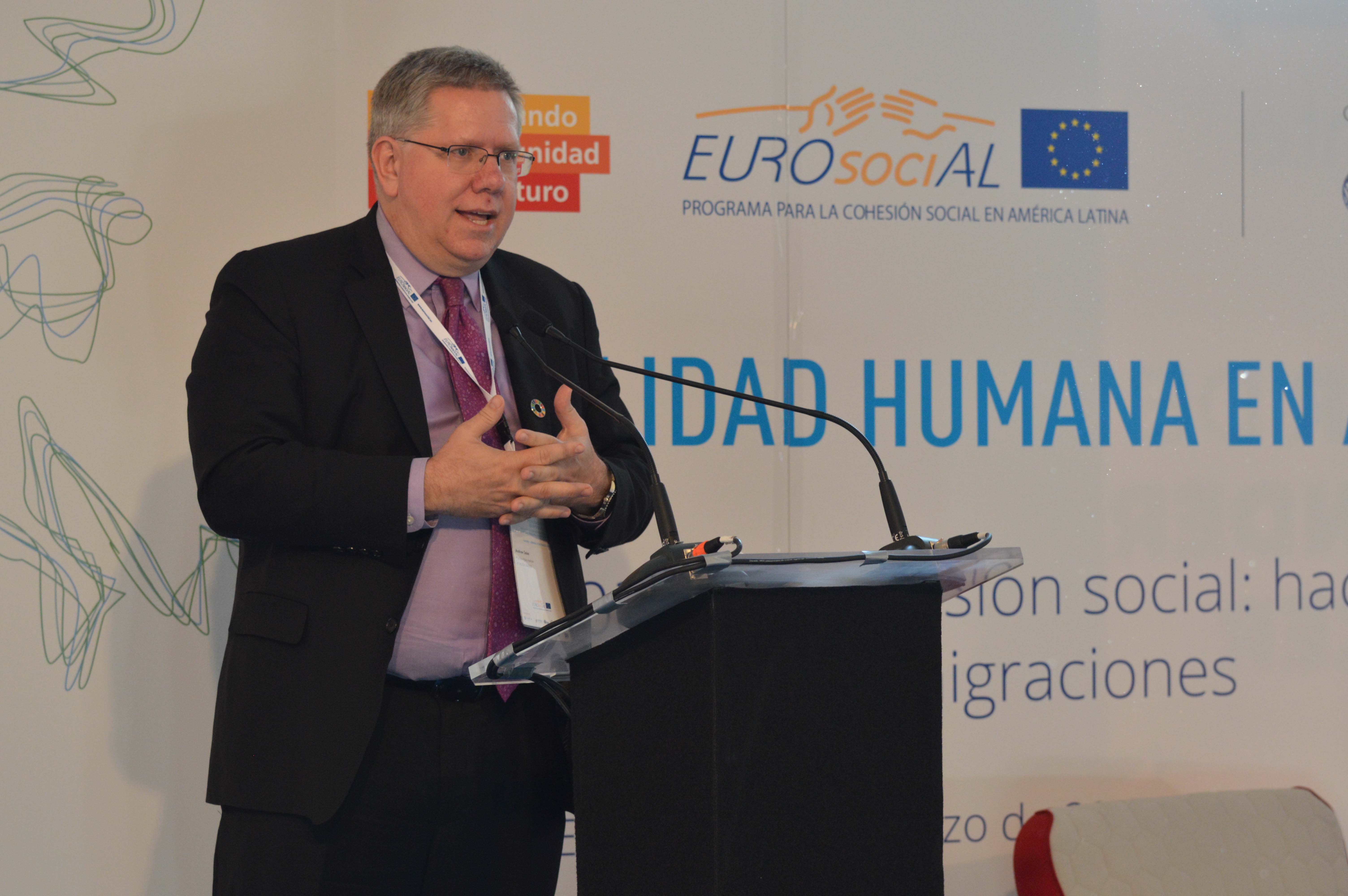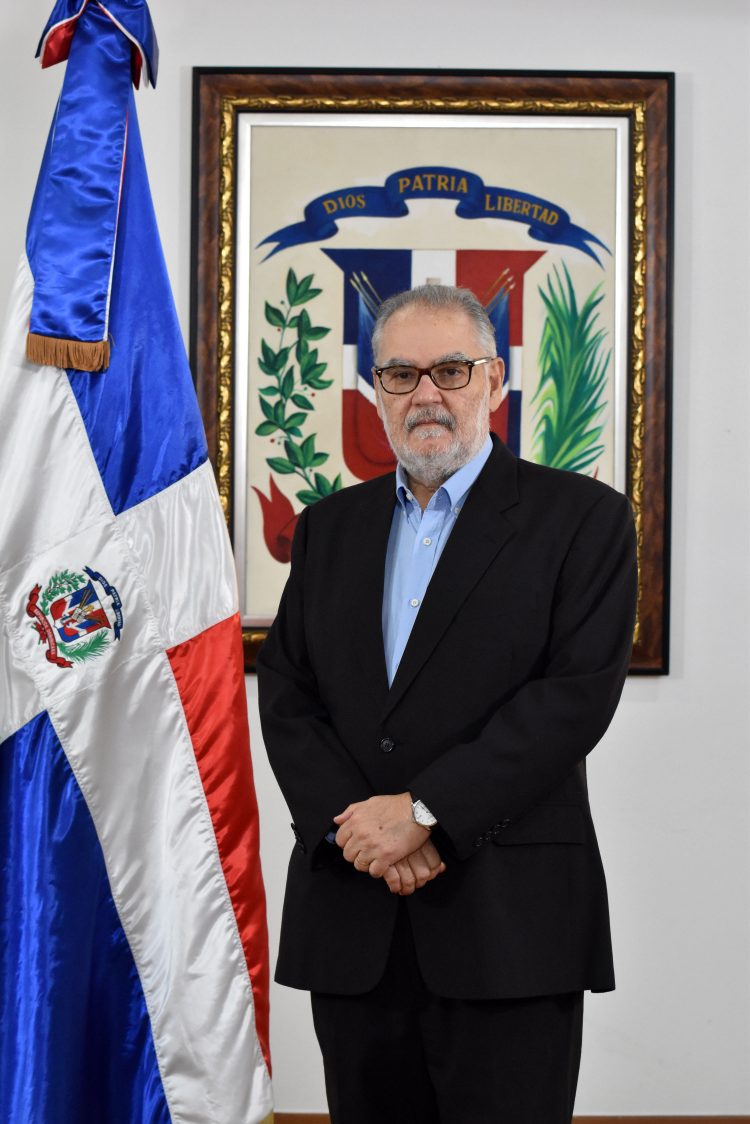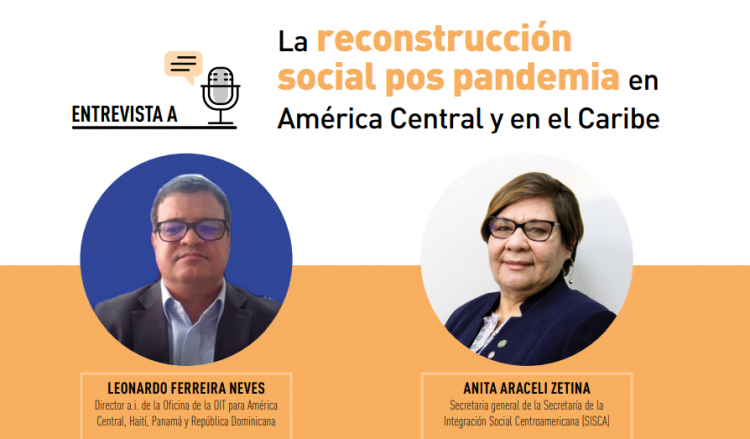Transcript of the speech by Andrew Selee, President of the Migration Policy Institute, at the close of the "Human Mobility in Latin America” seminar held in Madrid in March 2019.

The American continent is now witness to a series of very large migrations. The largest of all is that of Venezuela, where approximately two and a half million people have left the country and have spread across Latin American countries (as well as those in the US and Canada, and others who have migrated to other regions). However, there is also a wave of Nicaraguan migrants leaving, above all, for Costa Rica and Mexico, and smaller waves from Haiti and Cuba that have long been relevant, but of fluctuating magnitude. There is, of course, also considerable migration to the northern countries. Here, Mexico used to be a transient country for migrants, mainly going to the United States. However, more and more people end up staying in this country.
This is a change for Latin America, since historically the countries of this region have been countries of emigrants, places people left; but this process began to stop a few years ago in most cases. First some emigrants began to return, others simply maintained ties, but suddenly almost all countries (except those mentioned above) became host or transit countries for migrants, and some like Colombia and Peru did so on a large scale. This situation is affecting the region as a whole and therefore requires changing our viewpoint on this issue. The above cases cannot serve as a model. The Colombian migration of a few years ago or the Central American migration that took place in the eighties focused only on one or two places, while the current migration is dispersed, to a greater or lesser extent, throughout Latin America.
It is true that the percentage of foreign population in Latin American countries is generally not too large. With the exception of Costa Rica – where it represents around 12% – and, to a lesser extent, Chile and Argentina – which are around 6% -, in no country does this figure represent more than 5% of the total population. So the problem is not so much one of quantity; it is not that these countries are harbouring too many foreigners. The main problem lies in the speed and scale of the change: the situation has changed enormously in a very short time.
Another factor that must also be addressed to understand the current situation is the conditions in which people migrate. In most cases it is a mixed migration for both economic and forced reasons, but in which force is usually key. Of course, people who leave Venezuela, Nicaragua or El Salvador do so looking for a better life; but they are also fleeing from states that are crumbling around them, so they arrive in host countries with specific and pressing needs. Historically, much talent has migrated in the region, and human resources have been exchanged based on specific needs; however, the current migratory waves are, at least, partially forced, and are explained by the fact that people are losing faith in the States they come from. This creates a special dynamic in host countries, which needs to be recognised.
It must be recognised that most Latin American countries go against the tide in responding to this situation. What we have seen in the US and in a large part of Europe (with the exception of Spain) has been a head-on rejection of migration. On the other hand, despite the fact that there have been contrary reactions (unfortunately, rejection of difference is part of human nature) that until now have been occasional and controlled, in Latin America migrants have generally been well received. But they have not only been welcoming; governments have also promoted policies to document and regularise migrant status. Each country has sought a solution to ensure that people access their country through the legal channels. Trying to make a virtue of necessity, and since they are unable to prevent people from entering illegally, they have committed themselves to the task of incorporating migrants into the formal jobs market and guaranteeing them access to basic social services. The political leaders of these countries have understood that this is a great opportunity in terms of human capital. Many of the people who have been forced to leave their homes are highly qualified and willing to work, and this can be exploited by receiving countries. In this regard, too, it must be recognised that the Latin American response to the migration crisis is far from that which has taken place in more developed countries in recent times.
Having said all this, the migration issue in the region poses some challenges:
First, there is the issue of the legal frameworks. Though when faced with the task of managing this situation, many of the countries of Latin America have managed to implement very creative measures, this is precisely because they lacked a previous legal framework regarding migrations of this scale. Colombia’s PEP, for example, is not a visa or any type of traditional document, but rather a creative response that the Government invented to face a legal and tangible problem, a way of legalising the status of people arriving in the country. If Colombia had had more rigid laws, it would probably have been more difficult to find a way to legalise people. Having to create legal frameworks on the spur of the moment has been an advantage for some countries. However, attention needs to be paid to the legal frameworks in the long term. Once the measures have been taken to deal with the crisis, it is time to think about the future, of how the issue of migration is to be embodied in legislation.
The second point is that of identification. Countries like Colombia are trying to find a secure way to document people. In this sense, there have been conversations with some countries within the framework of the Quito Process and bilateral meetings to promote some type of identification recognised by more than one State, which is based on biometric indicators that guarantee the person’s identity. This is a rather complex task that will once again test the region’s creativity.
Human trafficking is another vitally important issue, especially when it affects children. Although the countries have tried to give the benefit of the doubt to all those entering their territory, there are still those who try to take advantage of the situation to traffic human beings. There is no easy way to reconcile goodwill and flexibility with security and all governments have had to put limits on this. On the one hand, as many people as possible have to be allowed to enter as easily as possible, but while controlling who is allowed to enter.
Finally, there are a series of challenges concerning integration. One of the most important is the validation of personal qualifications. This is a question that is going to be fundamental in the long term if advantage is to be taken of Venezuelan, Nicaraguan, Cuban, Guatemalan human capital… How, for example, to get a doctor integrated into the host country’s health system? There is nothing wrong with getting a job as a driver at Über, but in the end both the person and the country are interested in them working in the area where they can contribute the most. It may not be possible for a doctor to work as such on the first day, or a teacher might not be able to work as a teacher as soon as they arrive in the host country, but they must be able to work on something related to their work environment and gradually obtain a position in their true profession. Achieving this is a pending task for almost all countries, since it is currently difficult to validate academic degrees between one country and another, and it is one of the main issues to be addressed for the long-term integration of migrants.
Another challenge related to integration is the issue of access to services. On the one hand, there is the difficulty migrants find in dealing with banking institutions. Banks see a great risk in giving bank accounts to these people, which makes it very difficult for them to regularise their situation in the new country. Some governments have begun to take measures to solve this issue, but it is a complex problem that will require efforts by many players
Of similar importance or more important is access to healthcare and education, which must take place in systems that are already overloaded. On this issue, the most important thing is to think about how to invest in improving these services to benefit not only newcomers, but those who were there before, the host communities. This is a fundamental question which, if not duly taken into account, can lead to competition between natives and migrants and increase the feeling of rejection. Furthermore, regarding children’s integration in schools, it is necessary not to take for granted that the fact of there being a common language means that all the work has already been done. The shared language may be a factor that favours the students’ adaptation, but the lack of knowledge of the local history and culture that occurs in many cases makes work necessary in this direction.
All of these challenges will have to be addressed from country to country, between government and government, and with the support of civil society. However, the work of international cooperation will also be essential on this point. This is a challenge whose success is of interest to us all, and it is an opportunity for Latin America to be an example for the rest of the world in this regard. On the one hand, the vast majority of countries are facing migration of a scale unprecedented in the region, and in this sense they can take advantage of the knowledge accumulated in places like Canada or Europe, which have more experience of mass migration. But, on the other hand, the rest of the world can also learn from what is being done in Latin America, since the creativity with which this crisis is being managed there is causing the region to set the agenda and determine how mass migration has to be dealt with. The case of Latin America shows that there is another way to approach this question, one different from that put into practice in other parts of the world and that is an important lesson from which we can all learn.



